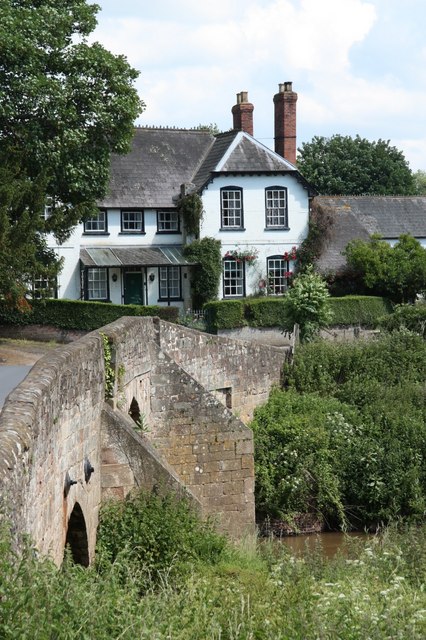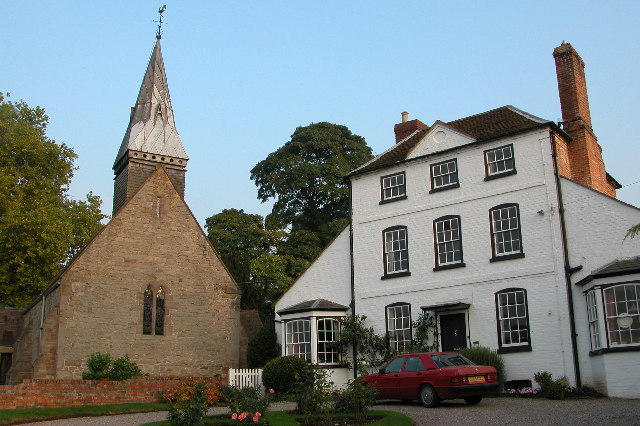Bear's Wood
Wood, Forest in Herefordshire
England
Bear's Wood

Bear's Wood is a picturesque woodland located in Herefordshire, England. Covering an area of approximately 100 acres, this enchanting forest is a haven for nature lovers and outdoor enthusiasts alike. The wood is nestled within the beautiful Herefordshire countryside, boasting rolling hills and stunning vistas.
The woodland is predominantly comprised of native broadleaf trees, including oak, birch, and beech, which create a dense canopy overhead. This lush vegetation provides a perfect habitat for a diverse array of wildlife, including deer, foxes, badgers, and a wide variety of bird species. The tranquil atmosphere of Bear's Wood makes it an ideal spot for birdwatching, with the chance to spot species such as woodpeckers, owls, and buzzards.
Visitors to Bear's Wood can explore its numerous winding paths and trails, allowing them to immerse themselves in the peaceful ambiance of this natural paradise. The wood is particularly renowned for its carpet of bluebells that bloom in the spring, creating a stunning display of vibrant blue hues.
The wood also holds great historical significance, with traces of Iron Age settlements and ancient burial grounds discovered within its boundaries. These archaeological remnants provide a fascinating insight into the area's rich past.
Bear's Wood is a popular destination for both locals and tourists, offering a serene escape from the hustle and bustle of modern life. Its natural beauty, abundant wildlife, and historical intrigue make it a must-visit destination for anyone seeking a peaceful retreat in the heart of Herefordshire.
If you have any feedback on the listing, please let us know in the comments section below.
Bear's Wood Images
Images are sourced within 2km of 52.036938/-2.6070472 or Grid Reference SO5837. Thanks to Geograph Open Source API. All images are credited.
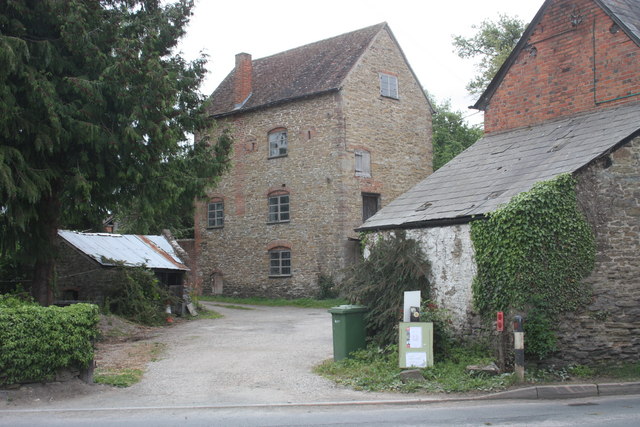
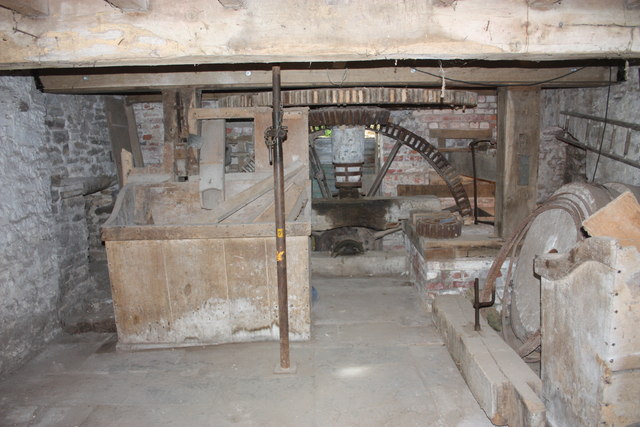


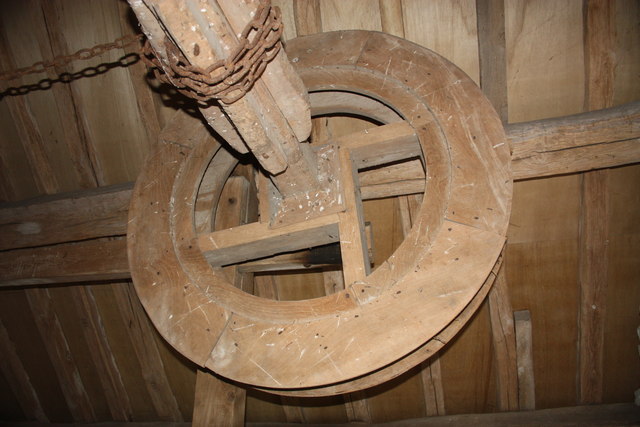
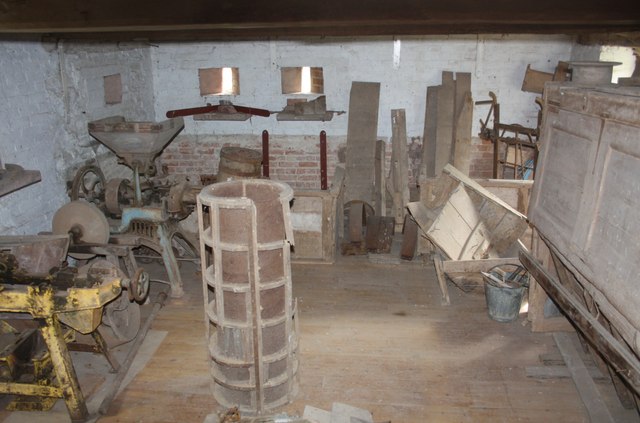
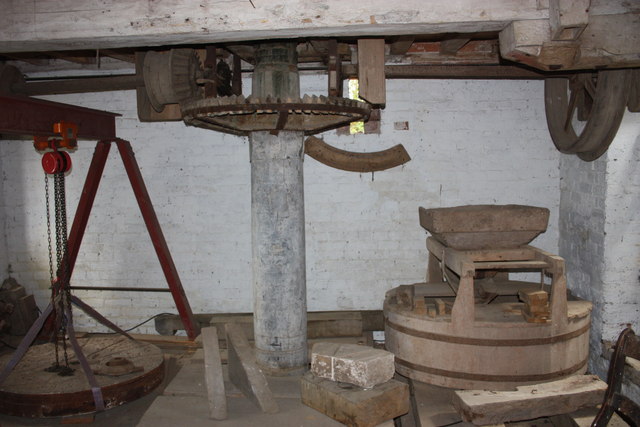

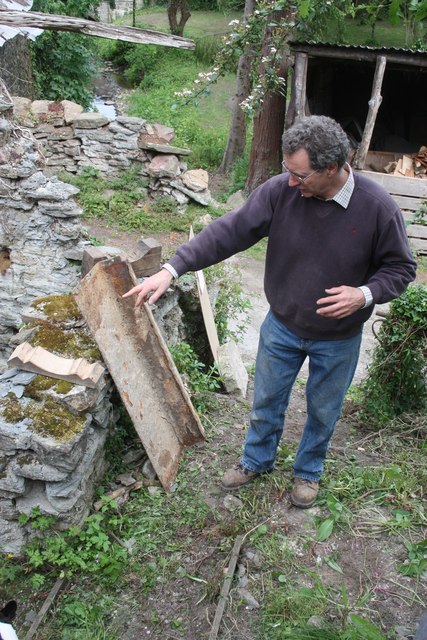
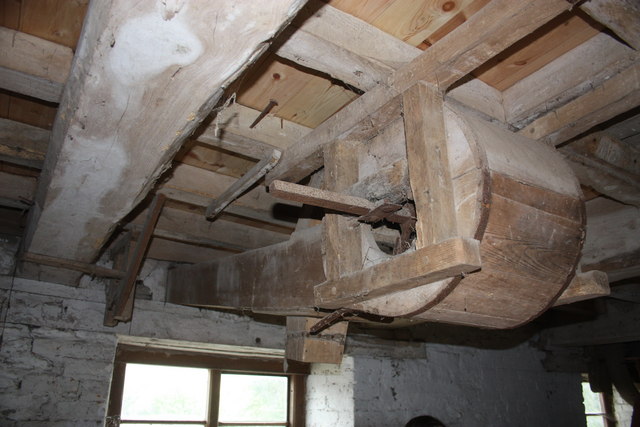

Bear's Wood is located at Grid Ref: SO5837 (Lat: 52.036938, Lng: -2.6070472)
Unitary Authority: County of Herefordshire
Police Authority: West Mercia
What 3 Words
///ballpoint.facing.averages. Near Lugwardine, Herefordshire
Nearby Locations
Related Wikis
Mordiford
Mordiford is a village and civil parish in Herefordshire, England on the B4224 Hereford to Mitcheldean road 4 miles (6 km) east-southeast of the city of...
River Lugg
The River Lugg (Welsh: Afon Llugwy) rises near Llangynllo in Radnorshire, Wales. It flows through the border town of Presteigne and then through Herefordshire...
Dormington
Dormington is a village and civil parish in Herefordshire, in the West Midlands of England. Dormington village is at the north of its parish, 5 miles...
Fiddler's Green, Herefordshire
Fiddler's Green is a hamlet in the English county of Herefordshire. It is located near the River Wye on the B4224 road that connects Hereford and Ross...
Nearby Amenities
Located within 500m of 52.036938,-2.6070472Have you been to Bear's Wood?
Leave your review of Bear's Wood below (or comments, questions and feedback).






